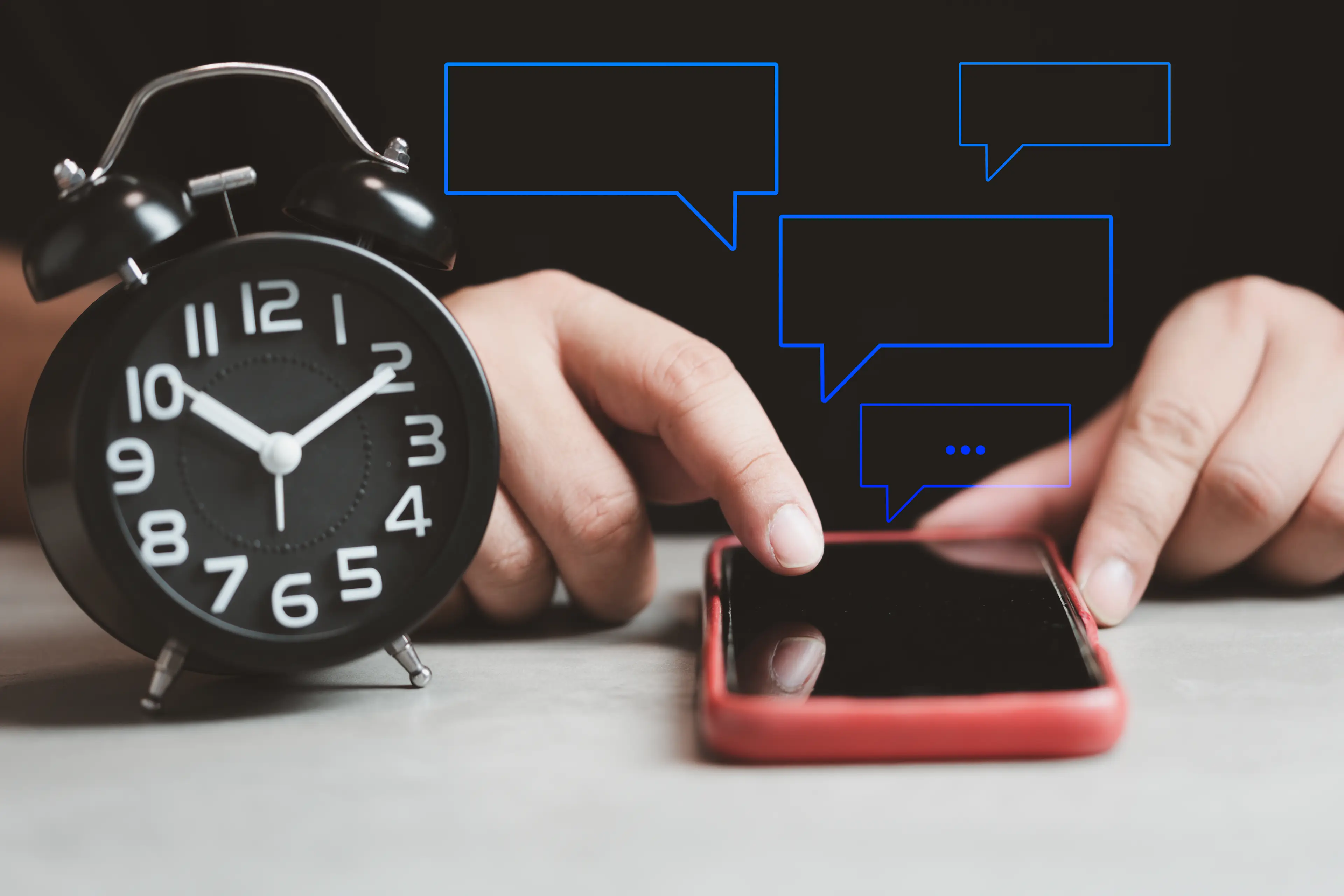Unify your marketing and advertising teams. Save costs by up to 50% and boost marketing ROI.
Streamline organic and paid campaign orchestration across 30+ channels with a unified AI-powered platform. Unlock higher productivity, faster go-to-market and better brand governance.

The Agile Agenda
Use these 3 sections for effective, efficient and supportive remote meetings.
With practically all meetings now taking place online it’s critical to have proper agendas. This article describes a simple, 3-section format you can use to establish a safe, repeatable agenda and improve your meetings and work relationships.
There are many benefits, but the main one is consistency in approach which over time reassures the meeting participants. They will know what to expect and will feel more open to share the personal stories and details that have otherwise been lost during the Digital Migration. After all, who wouldn’t want to have a casual IRL chat with other adults with similar careers right about now?
Could an agenda format really lead to better calls and improved relationships? Read on for the details and then try it out yourself!
The 3 Sections of an Agile Agenda
- Since we last spoke.
- Next steps.
- Notes.
Since we last spoke
How often do your meetings jump right in about plans and actions? Wouldn’t it be nice to just catch up occasionally?
Beginning the meeting with since we last spoke allows the space for retrospection. It acknowledges what has been accomplished, and allows for learnings to happen on a regular basis.
A more selfish benefit this provides is an easy way to track all the emails and messages prior to the meeting. Simply copy the email subject into the agenda and then add some notes. Voila, instant acknowledgement.
This acknowledgement is the real key though. Without IRL convos, the previous outlets for shared perspectives are shut off. It’s just not easy to start a video chat and talk about the weather, kids, etc. that we are used to. Sure, companies are adapting and teams are having more informal calls. But even those are structured so they don’t have the same impact as a water cooler conversation.
By starting with what happened since the last meeting, people are given priority over tasks. People feel heard. And over time people open up. That’s when the real learnings begin.
Next steps
This is the bulk of most agendas, so I won’t go into too much detail here. Future articles will cover tactics and templates, but here I just want to provide the agenda format plus a few tips.
Next steps are bullet points of what happens next. Ideally they have owners and ETAs, but sometimes that can be too granular for the audience to understand.
If the next steps are longer than attention spans, then list out the actions in a separate sheet. Agendas should focus on the most immediate concerns that can be moved forward on the call.
It’s also important to not lose sight of the big picture. To cover this, list the major milestones plus ETAs for the project, quarter, or whatever outcome the meeting is about. Without this people will get lost among the trees despite the end of the forest nearby.
Notes
Typically, notes are taken in the above section. The problem with that approach is that combining notes with next steps makes it difficult to follow the agenda.
The precise list of actions you carefully crafted becomes a mess. And when it’s time to summarize the call you’ll have to scroll all over.
There are many ways of taking notes but what I’ve found most important is to capture what is said in a way that you can understand, and that makes at least some sense to anyone who reads it.
Personally, for my meetings I take notes live while sharing the agenda document and leading the call. This is not easy but it is a skill that can be learned and improved. It’s not meant to impress, but rather to allow everyone live input. If I instead wrote notes offline on a scratch pad, then there are no checks and balances. Pen and paper offer no opportunity for collaboration.
Here’s the trick. You can pause the screen share while typing. That removes the law of performance that says for every set of eyes watching you type, talk, etc. the likelihood of a mistake is compounded.
Pause. Type. Show results when ready. The more you do this the sooner you are ready to share 😉
Final thoughts
How do I know the Agile Agenda format works? Why, from thousands of remote meetings about creating new software with people from all walks of life and industries. I’ve used this approach to help athletes, accountants, scientists, teachers, technologists, Fortune 500 companies — even a 4-star General — set up the right software, and ensure that it works for their unique needs.
May this agenda format provide the consistency that leads to security and familiarity to all your meetings. May your meetings be sources of abundance and closeness.
If this was helpful and you’d like to know more, please follow me here. I will be sharing an example agenda template as well as future articles of this subject for even more tips and tricks.

